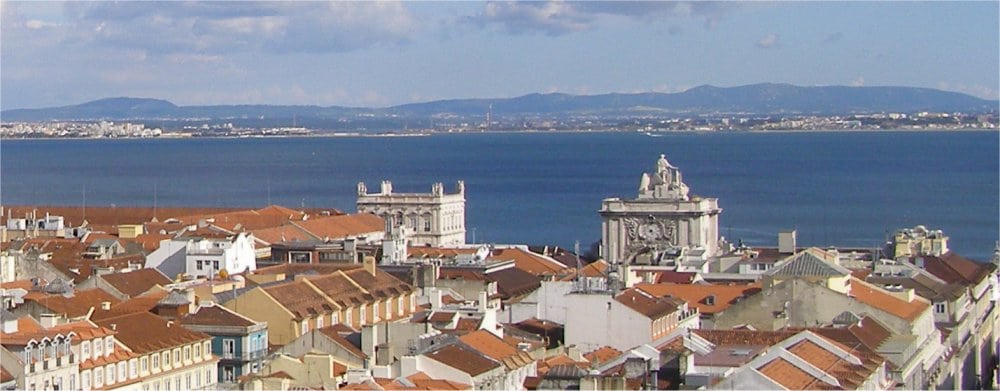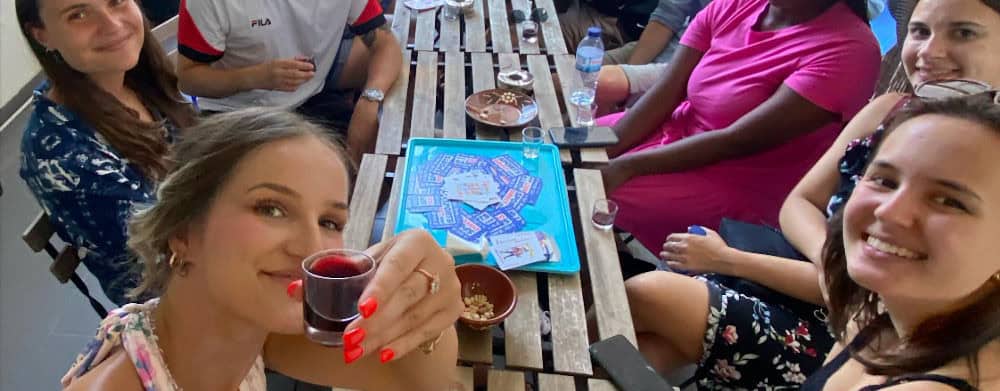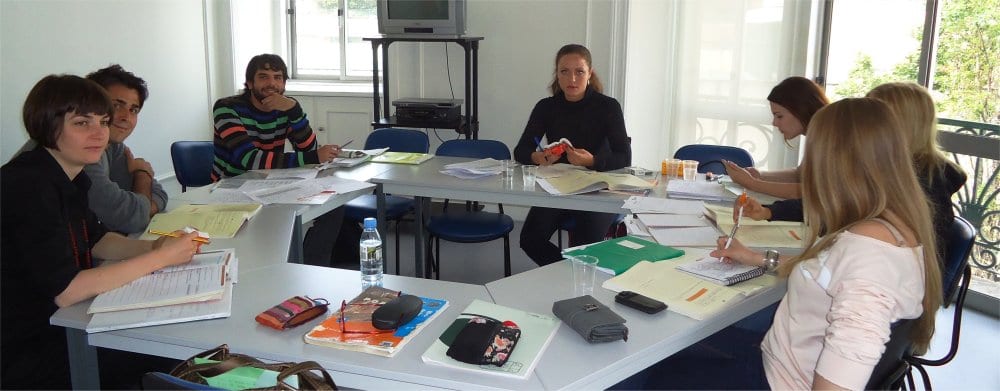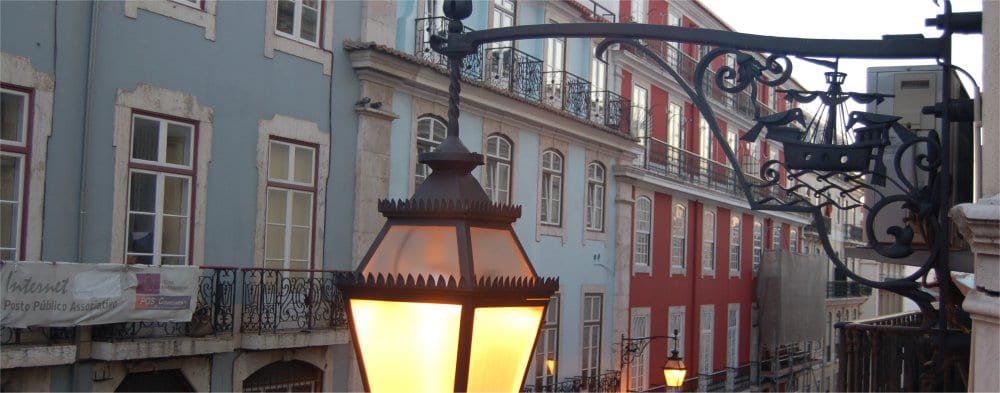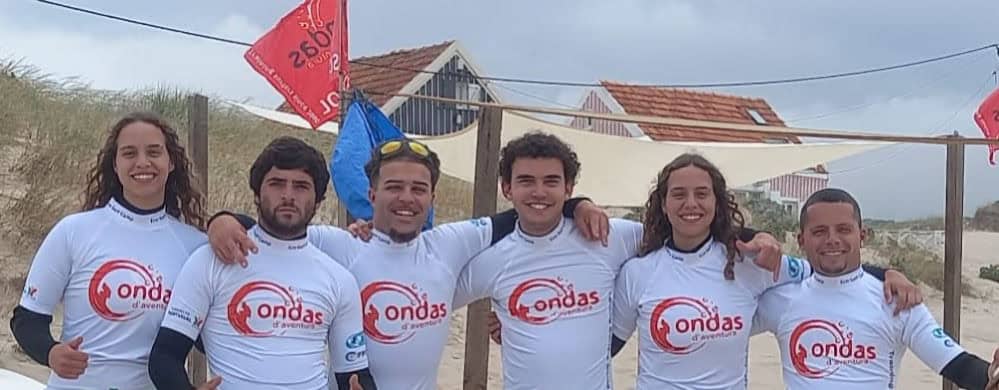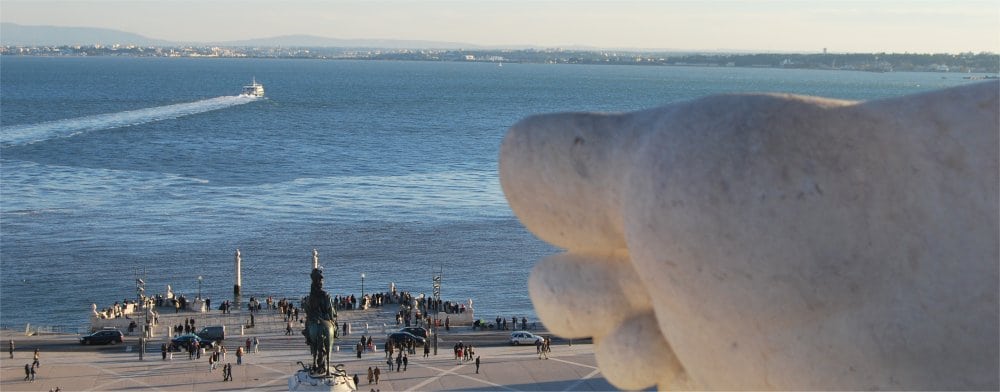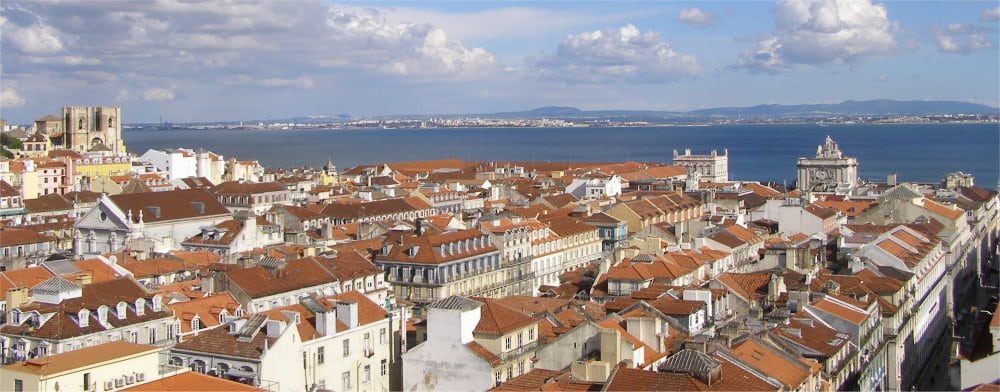Learn Portuguese in Lisbon: Location
Set along and back from, the mouth of the Tagus river (Rio Tejo), Lisbon is first and foremost a Port. It is set on a series of seven steep hills and is a much-loved city by visitors and the Portuguese alike. Home to some 540,000 inhabitants, (and some 3,300,000 if you include Greater Lisbon and the Tagus Valley) the city is renowned as a centre for “fado” music, serious coffee consumption, monumental architecture and wonderful historical monuments. It holds plenty of appeal for language students for short and long-term courses. Historically the Moors controlled the area for 450 years until the 12th century and Lisbon did not become the capital of the country until the mid-13th century. Lisbon’s splendour stems from the 15th and 16th century and sea explorers such as Vasco Da Gama, who discovered a passage to India in 1498. He, with other maritime heroes brought a flow of trade and wealth to Portugal and Lisbon in particular. The earthquake of 1755 devastated great tracts of the city centre, which were rebuilt in a more monumental style under the Marquês de Pombal.
The narrow, winding streets were originally designed to keep out the heat of the sun. With a summer temperature that varies between 18 to 31 o c’s and hot and sticky weather and a winter temperature that averages 8/16 o c but provides plenty of sunny days, Lisbon attracts visitors all year round. The attractions of the city are many, fabulous and diverse architecture, from the “Torre de Belém” and the “Mosterio dos Jerónimos” to the “Parque das Nações” originally the site for Expo’98. There are a myriad bars and traditional “tascas” and restaurants to discover and Lisbon is famed for its old trams and funiculars that negotiate the steep streets and the endless stream of ferries that traverse the river. There truly is something to appeal to all tastes and interests. Lisboetas live at a relaxed pace and like to take the time to chat and enjoy a coffee. Lisbon offers a wonderful setting for language students who love the idea of exploring Lisbon city life, whilst improving their language skills.
Local Specialities
For the Portuguese a meal is to be savoured, rather than an act of necessity and the wealth of great dishes reflects the diverse influences on the country. Fish dishes are abundant, as the Tagus has fed the city for centuries, the most typical example being “Caldeirada á Fragateiro” (mullet, hake, monk fish, eel and bass cooked with lobster, shrimp and clam to form a rich soup). There are 101 dishes based on “Bacalhau” (salted fish) not native to the Portuguese waters but an important part of the culture. A partridge and port wine dish known as “Perdizes á Convento de Alcânantara” is another (but expensive) emblematic dish. “Bife a Marrare” is a must for all steak lovers and dates back to the 18 th century. Lisbon is a wash with wonderful pastry cafes designed to destroy the will power of the most determined dieter. There are a rich variety of traditional drinks to savour, from the “Ginginhas” (a form of strong liqueur), to a “bica” (a small drink of strong sweet coffee) and a whole array of wonderful wines to sample on the way.
